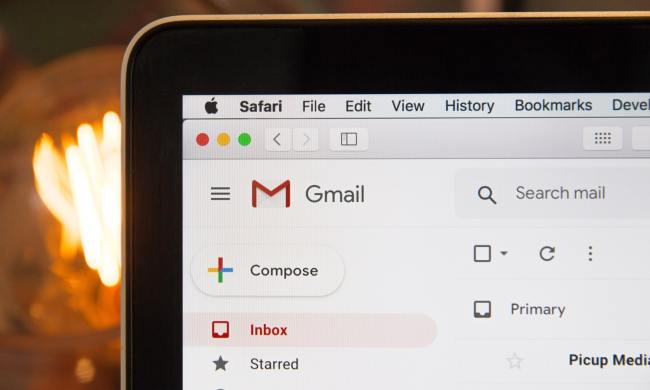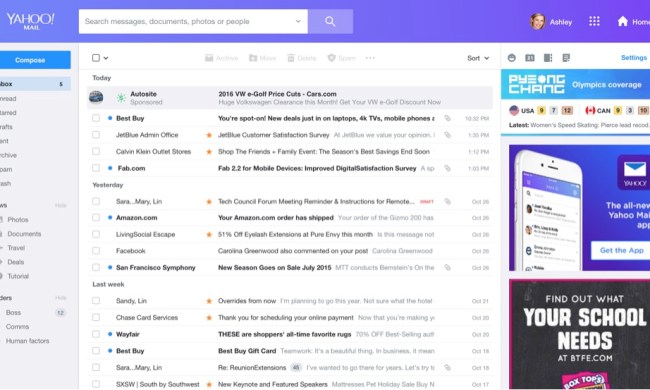
Broadband providers like AT&T, CenturyLink and other smaller outfits were trying to fight back against the Federal Communications Commission, who voted in favor of net neutrality legislation in February 2015. Among other claims, the appeal attempted to argue that the prioritization of certain web content should be protected by the First Amendment.
However, these claims were shot down by the court. “Because a broadband provider does not — and is not understood by users to — ‘speak’ when providing neutral access to Internet content as common carriage, the First Amendment poses no bar to the open Internet rules,” read a statement from the judges that was attached to the decision.
This ruling should make it easier for consumers to get a fair deal on their broadband service. FCC Chairman Tom Wheeler wrote “today’s ruling is a victory for consumers and innovators who deserve unfettered access to the entire Web, and it ensures the Internet remains a platform for unparalleled innovation, free expression and economic growth,” in a statement released after the decision was made.
1 yr ago @FCC #OpenInternet rules took effect. Today the court upheld rules keeping the internet fast, fair & open https://t.co/JONa8Lngnn
— The FCC (@FCC) June 14, 2016
There was more response to the decision on a press call Digital Trends participated in shortly after the news broke. “We are absolutely thrilled that the FCC’s net neutrality order has been upheld in court today,” said Malkia Cyril of the Center for Media Justice “This court ruling is an absolute victory.”
Michael J. Scurato, vice president of policy for the National Hispanic Media Coalition noted that opponents to net neutrality “threw the kitchen sink at the commission” but were still unsuccessful. Scurato noted that this decision will allow the FCC to move onto other responsibilities.
While this decision would seem to close the door on any further appeals, advocates warn that there might be further attempts by ISPs to combat net neutrality legislation. “We’re going to continue to see the cable industry look for loopholes,” said David Segal of Demand Progress. “We’re going to need to stay on guard, but today’s win is simply extraordinary.”
Indeed, AT&T has already stated its intent to appeal once again, with the expectation that the matter will be taken to the Supreme Court.


